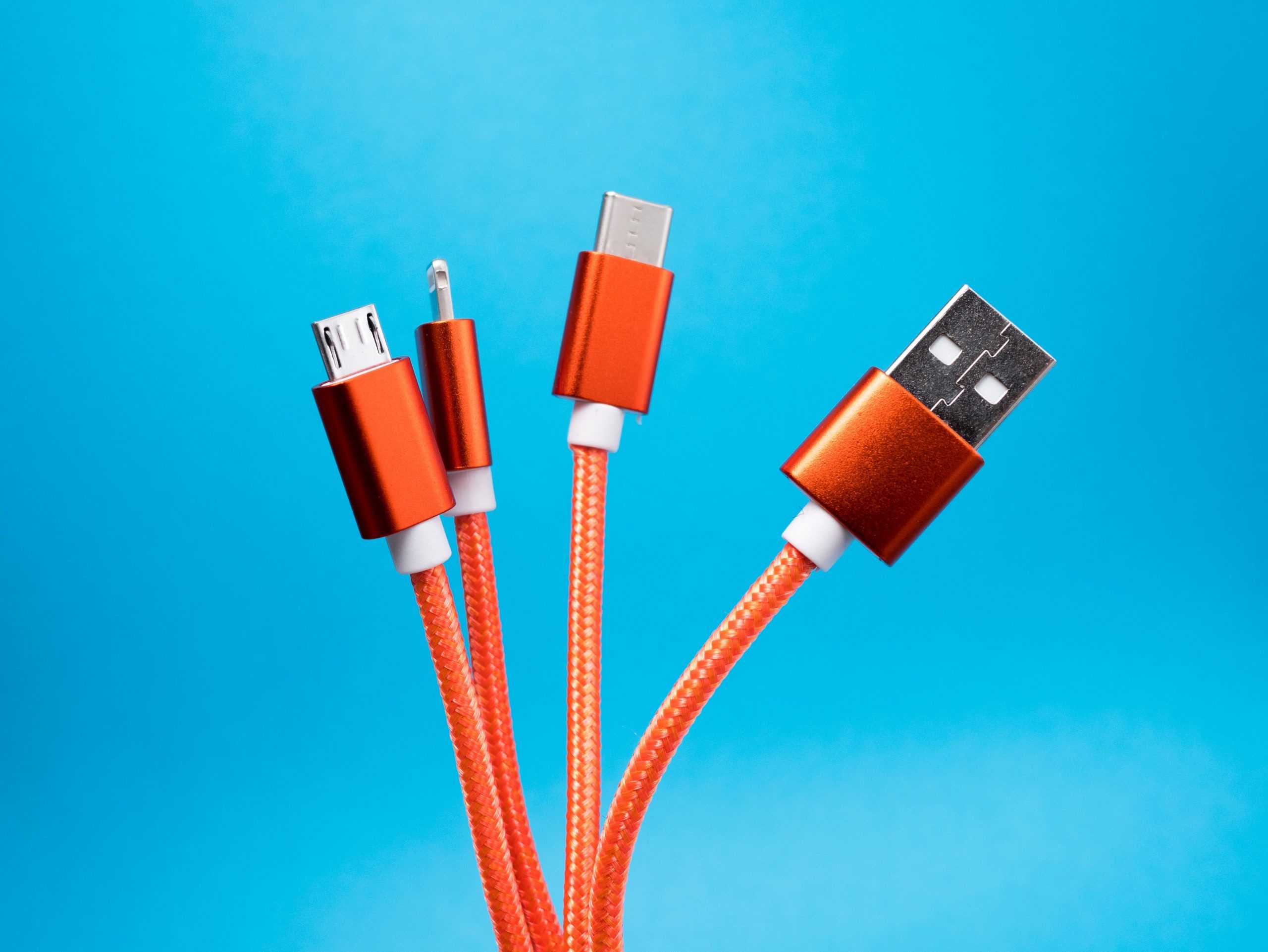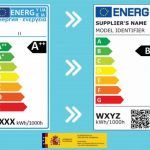In 2020, approximately 420 million mobile phones and other portable electronic devices were sold in the EU. On average, consumers own around three mobile phone chargers, of which they use two on a regular basis.
Despite this, 38% of consumers report having experienced problems at least once that they could not charge their mobile phone because available chargers were incompatible. The situation is not only inconvenient but also costly for consumers, who spend approximately €2.4 billion annually on standalone chargers that do not come with electronic devices. In addition, disposed of and unused chargers are estimated to pile up to 11,000 tonnes of e-waste every year.
To address the challenges for consumers as well as the environment, the Commission has supported a common charging solution for mobile phones and similar electronic devices since 2009. The Commission first facilitated a voluntary agreement by the industry in 2009 that resulted in the adoption of the first Memorandum of Understanding (MoU) and led to reducing the number of existing charging solutions for mobile phones on the market from 30 to 3. Following the Memorandum’s expiration in 2014, a new proposal by industry presented in March 2018 was not considered satisfactory in delivering a common charging solution or meeting the need for improved consumer convenience and e-waste reduction.
A common charger for electronic devices
The Commission takes an important step against e-waste and consumer inconvenience, caused by the prevalence of different, incompatible chargers for electronic devices. Years of working with industry on a voluntary approach already brought down the number of mobile phone chargers from 30 to 3 within the last decade, but could not deliver a complete solution. The Commission is now putting forward legislation to establish a common charging solution for all relevant devices.
The Commission is proposing:
- A harmonised charging port for electronic devices: USB-C will be the common port. This will allow consumers to charge their devices with the same USB-C charger, regardless of the device brand.
- Harmonised fast charging technology will help prevent that different producers unjustifiably limit the charging speed and will help to ensure that charging speed is the same when using any compatible charger for a device.
- Unbundling the sale of a charger from the sale of the electronic device: consumers will be able to purchase a new electronic device without a new charger. This will limit the number of unwanted chargers purchased or left unused. Reducing production and disposal of new chargers is estimated to reduce the amount of electronic waste by almost a thousand tonnes’ yearly.
- Improved information for consumers: producers will need to provide relevant information about charging performance, including information on the power required by the device and if it supports fast charging. This will make it easier for consumers to see if their existing chargers meet the requirements of their new device or help them to select a compatible charger. Combined with the other measures, this would help consumers limit the number of new chargers purchased and help them save €250 million a year on unnecessary charger purchases.







Leave a Reply